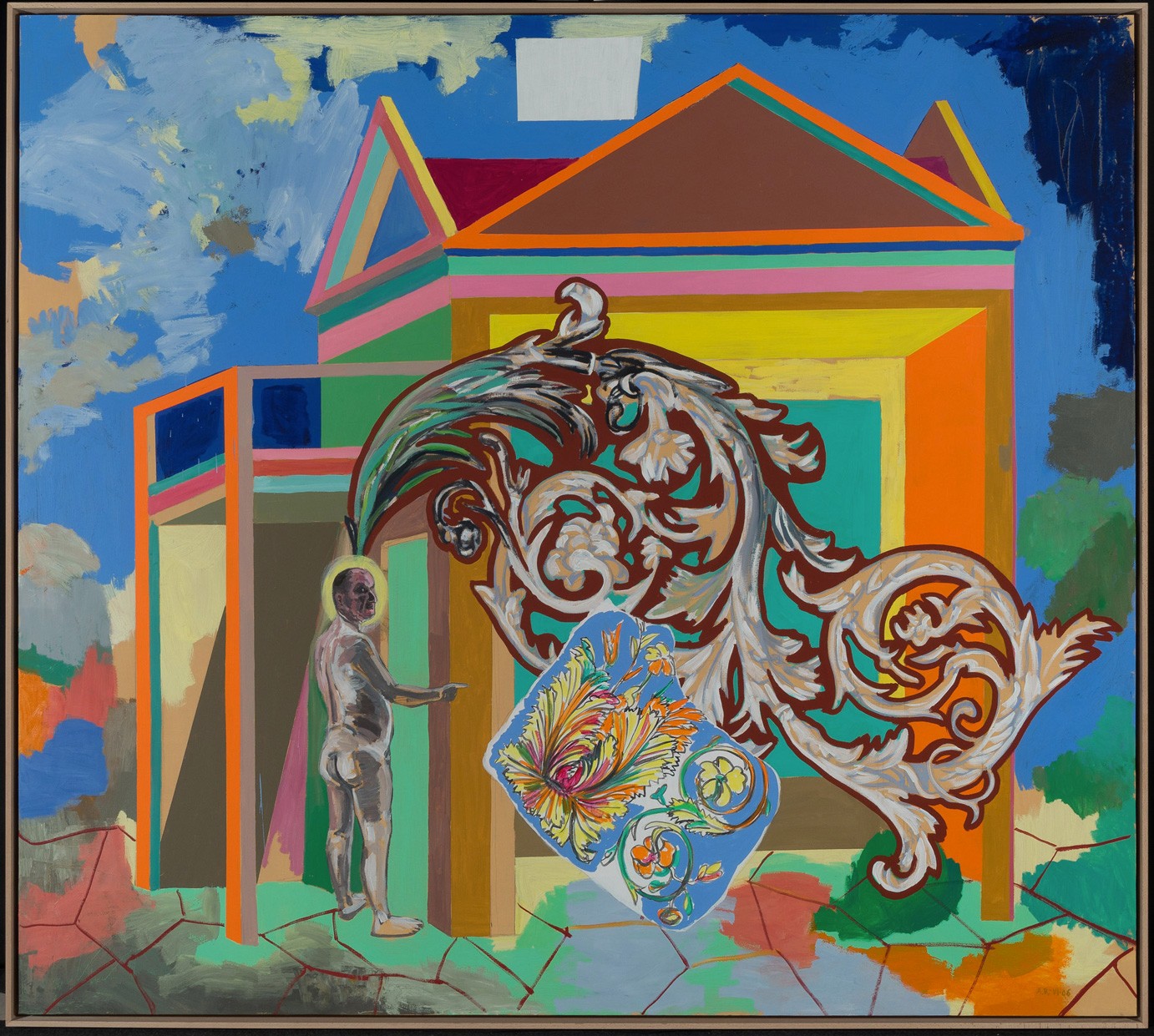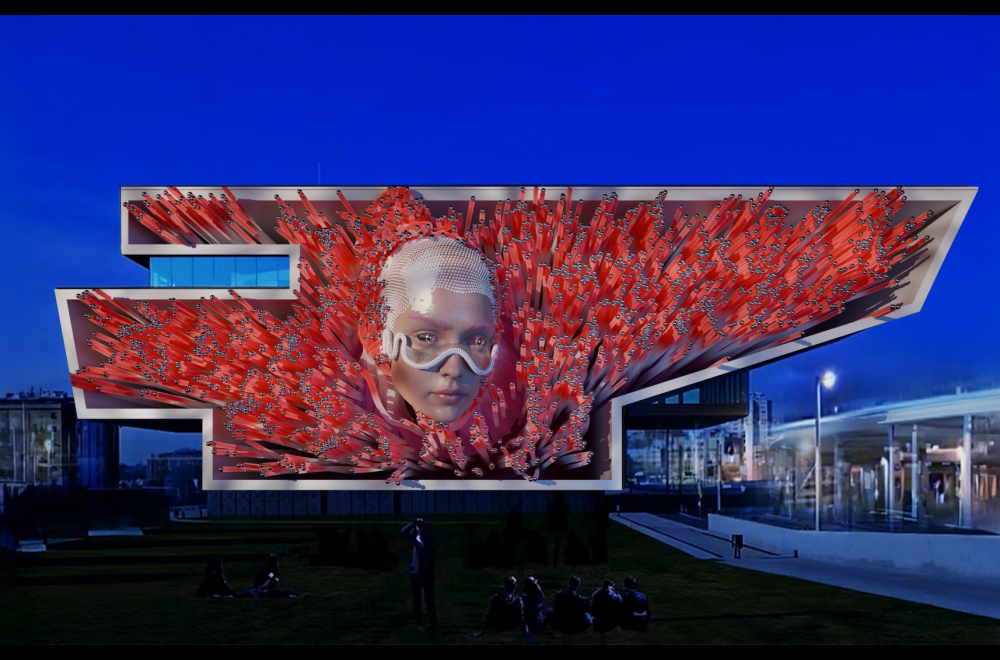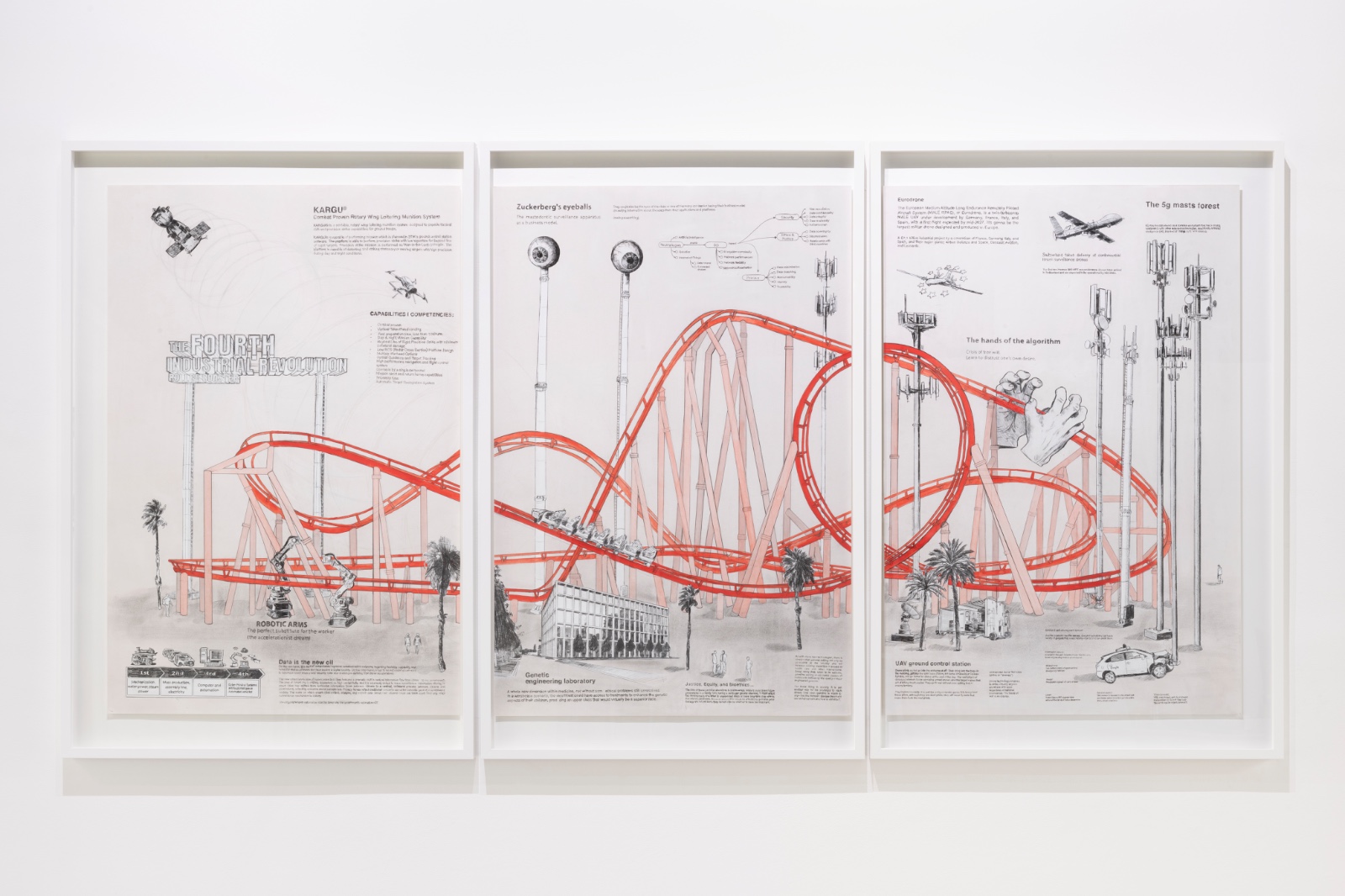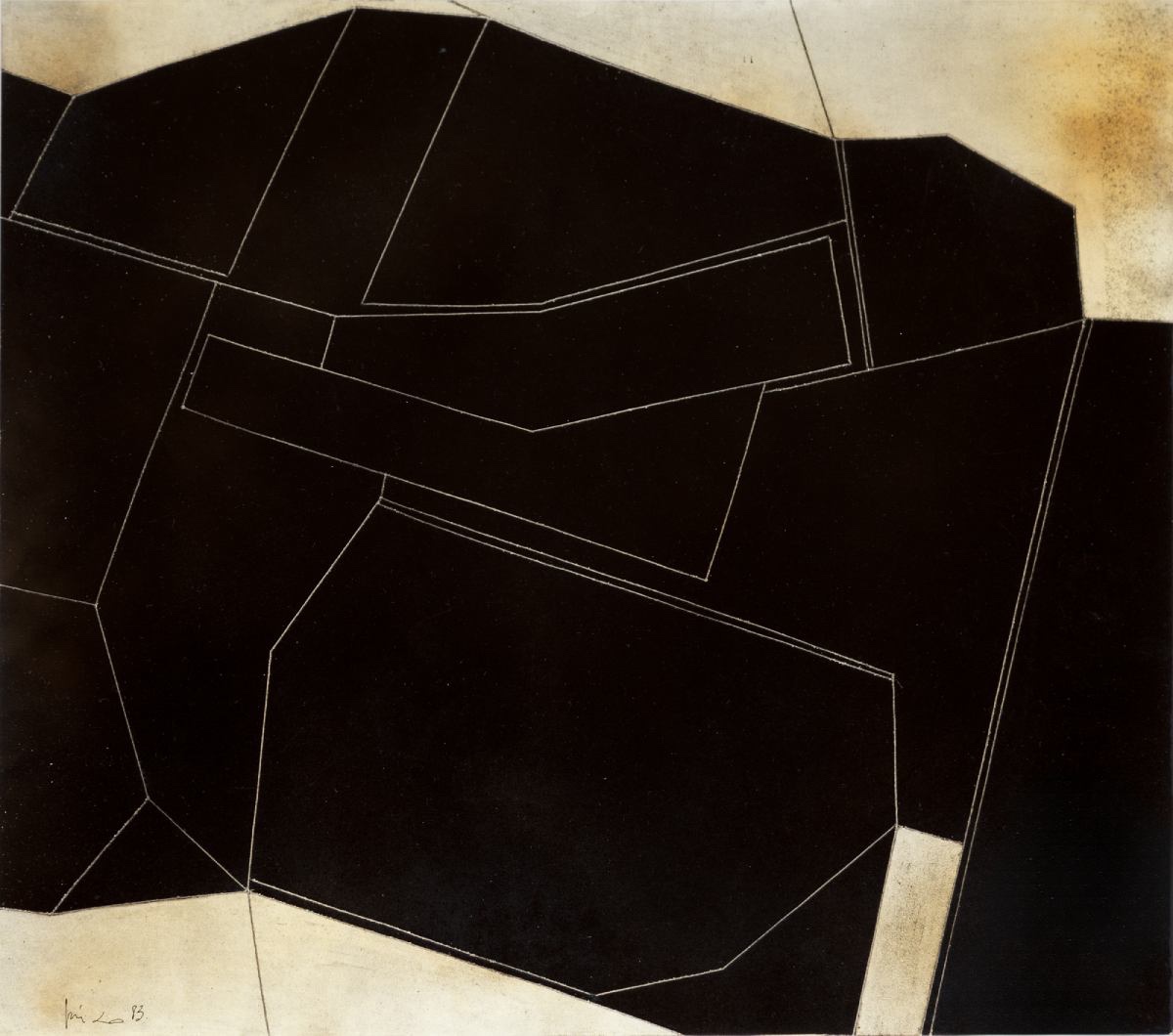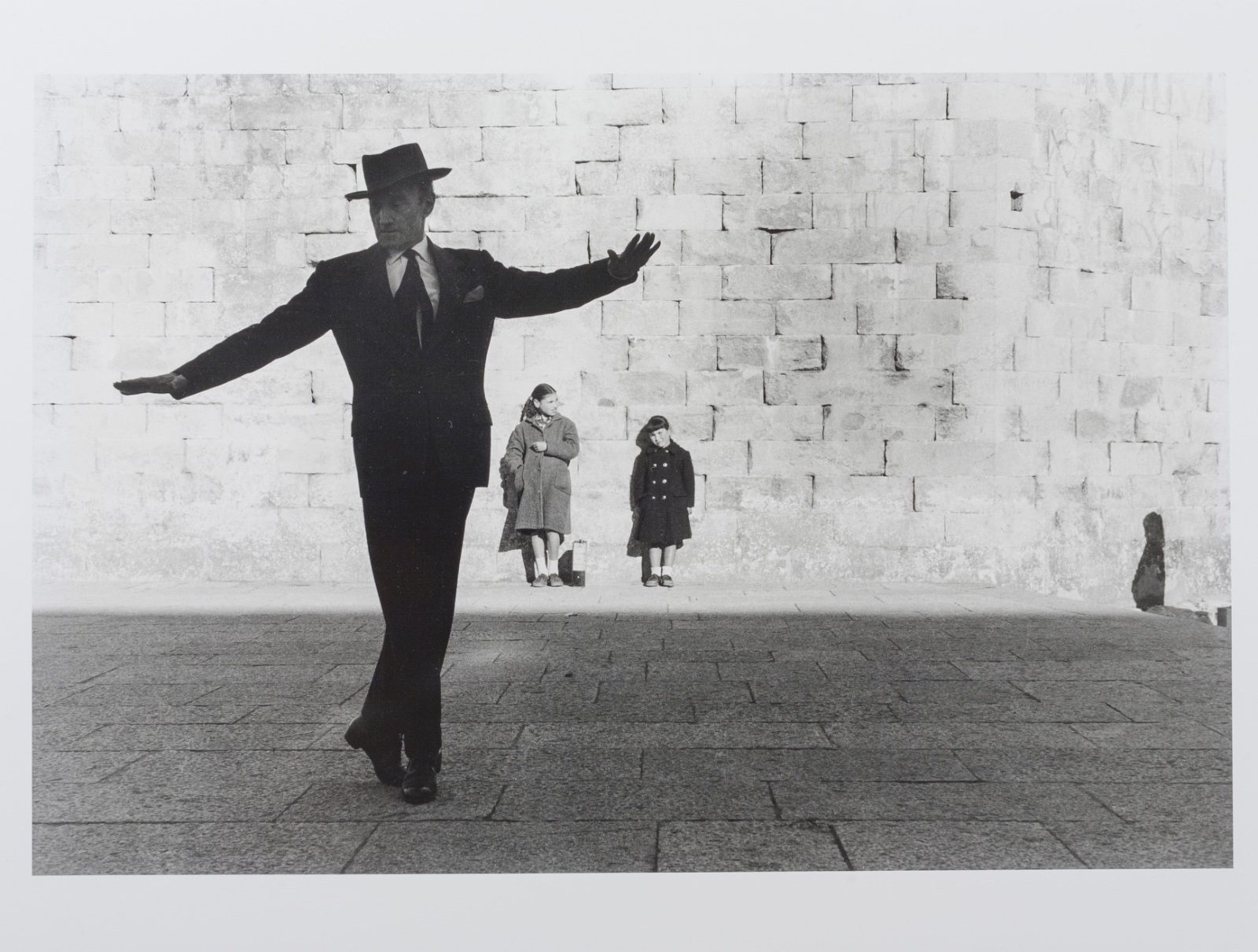
Passions are the genuine impulse that moves human beings. Thanks to emotion (emotio, emovere) we manage to move, to leave our comfort zone. Since its origins, art has had the capacity to generate emotions. It is clear that emotion is decisive in creation, but also in the contemplation of art. Everything that is capable of provoking the strongest emotion can be described as sublime. For this reason, what is sublime is always disturbing, it produces a challenge by forcing man to face —from his own limitation— the unlimited, indeterminate and immeasurable. In a certain way, all contemporary art is nothing but a direct consequence of this irruption of the sublime, of this will to transgress and explore what is unknown.
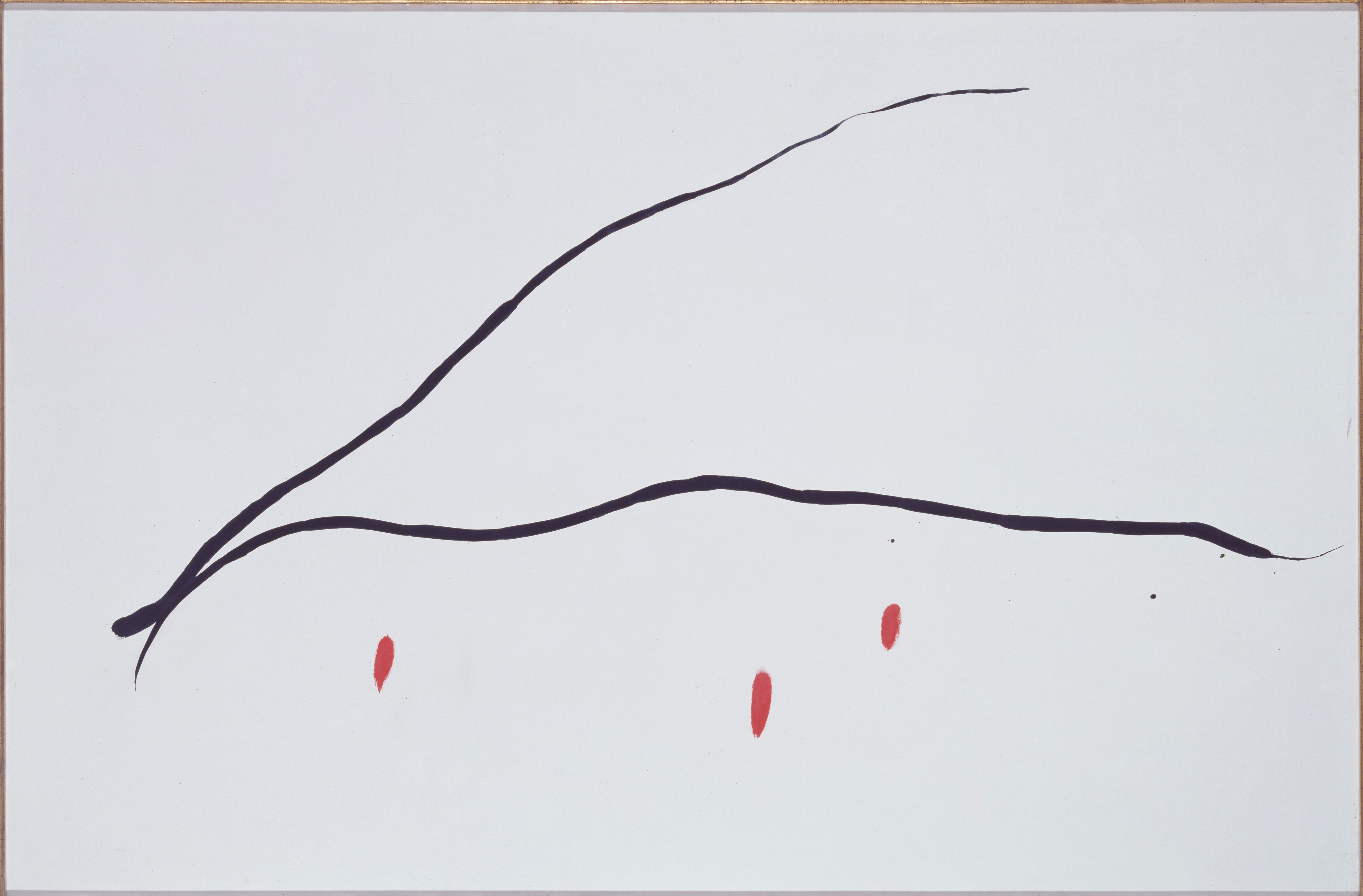 La danse des coquelicots, Joan Miró (1973). MNCARS
La danse des coquelicots, Joan Miró (1973). MNCARS
One of the highlights of this year's CCCB programme is In the Moved Air..., curated by the philosopher and art historian Georges Didi-Huberman (Saint-Étienne, France, 1953), one of the most interdisciplinary European thinkers and one of the most relevant figures in contemporary thought, internationally recognised. It is a co-production of the CCCB and the Museu Nacional Centro d'Art Reina Sofía that celebrates the power of emotions. Presented as a free game of associations and connections, it gives rise to a journey articulated in thematic chapters to answer questions raised by emotional responses. Works by Goya, Pablo Picasso, Joan Miró, Baruch Spinoza, Friedrich Nietzsche, Tatiana Trouvé, Víctor Erice, Pier Paolo Pasolini, Corinne Mercadier, Juli González, Alberto Giacometti, Harun Farocki, Henric Michaux, Oriol Maspons and Unica Zürn, among many others, are arranged in the form of constellations within a process of dialectical coupling to investigate the power of images when they combine and converge with each other. The thesis assumes that art allows the expression of complex and subtle questions that challenge the receiver directly through their own vital and affective experience, while emphasizing the underlying power that artistic language has had throughout the centuries and its sensitive dimension.
 Disparate de toritos (Lluvia de toros), Francisco de Goya i Lucientes (1815 - 1824). Col·lecció Banco de España. Fotografia de Joaquín Cortés
Disparate de toritos (Lluvia de toros), Francisco de Goya i Lucientes (1815 - 1824). Col·lecció Banco de España. Fotografia de Joaquín Cortés
Its title, taken from Federico García Lorca's Romancero gitano (1928), appeals to the overflowing emotion where Lorca's idea of the duende and his gaze through childhood come into play. One of the poems, Romance de la luna, luna, is built around a powerful central symbolic image that relates the figure of a child and the presence of the moon. Starting from the gaze of a child, in a disturbing historical context such as the current one, Didi-Huberman explores, through theoretical and graphic reflections of different artists and philosophers, the evocative power of images and the transformative capacity of emotion that transcends the individual to become collective.
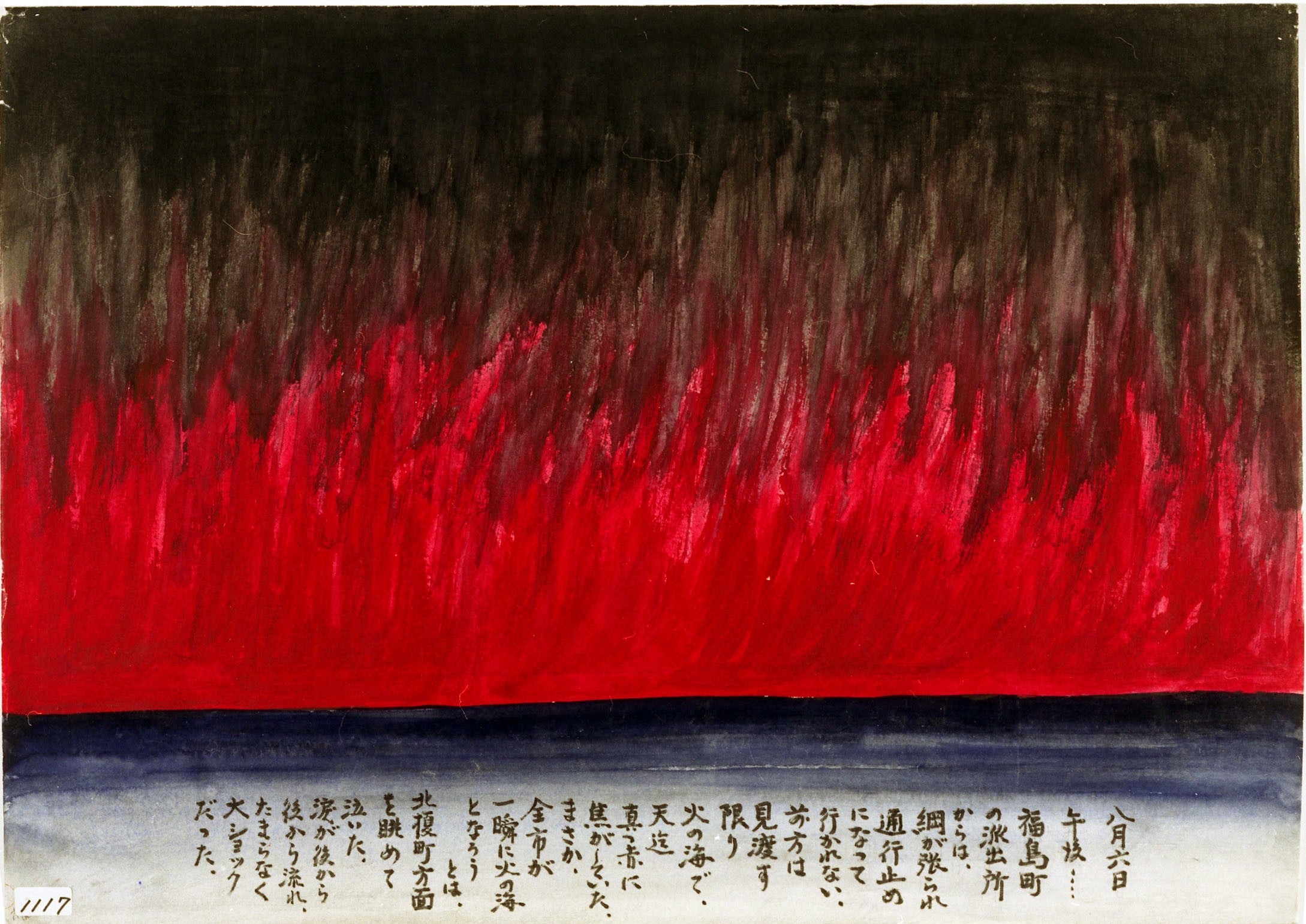 Watching the burning city, I cried ceaselessly, Toshiko Kihara (1975). Col·lecció The Hiroshima Peace Memorial Museum
Watching the burning city, I cried ceaselessly, Toshiko Kihara (1975). Col·lecció The Hiroshima Peace Memorial Museum





